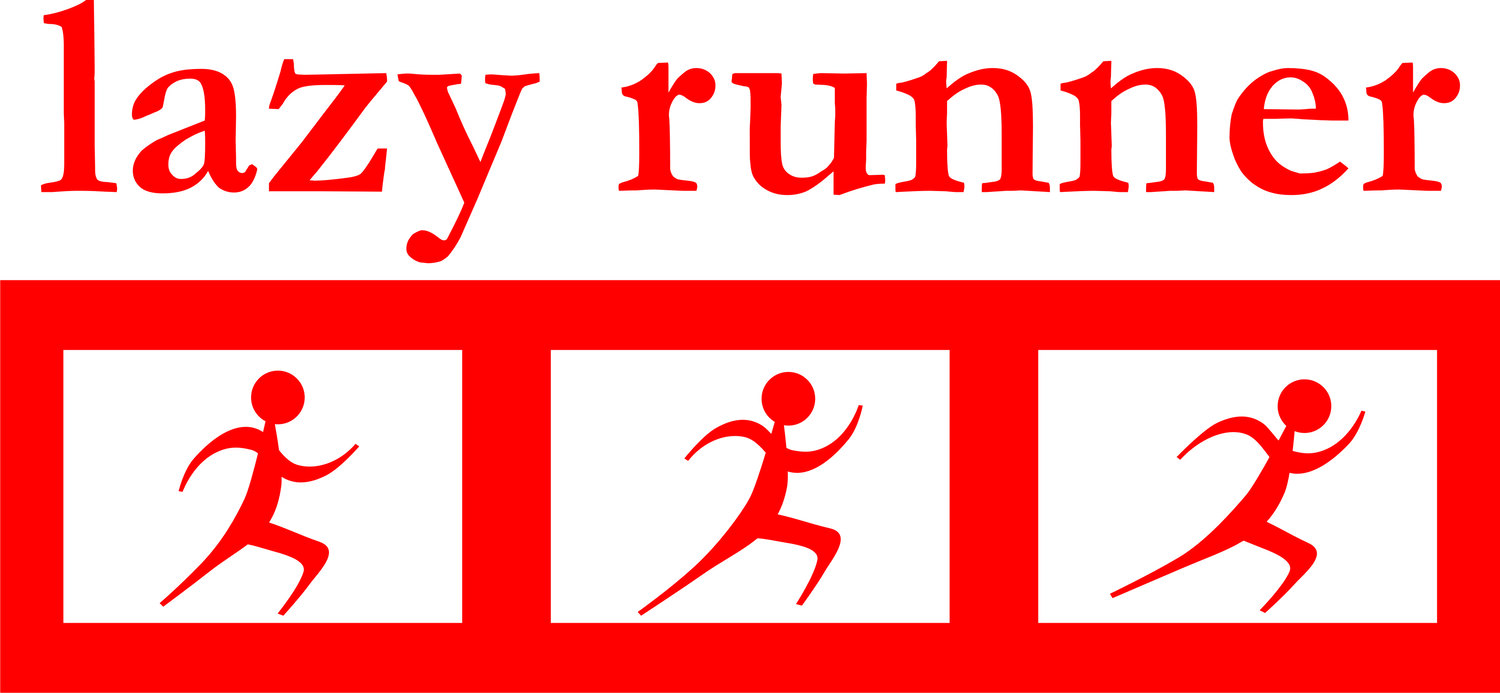Active Recovery v. Passive Recovery
Active Recovery is the term used for cooling down after a long cardio workout (in our case running) and Passive Recovery is stopping dead, stretching and then doing nothing again until you head out on your next run a couple of days later.
Studies now show that the stopping dead and stretching and going home may not be the best way to aid recovery after a workout. It has been proven that slowing your pace down at the end of your run, walking around for about 5 to 10 minutes after you run, doing knee lifts or kicks with your legs aids recovery more that just resting after a run.
Lying, sitting or standing around after a run does little to promote blood flow through the body. While you are running blood is pumping and flowing as rapidly as it can through your muscles and body, if you stop dead that blood will pool in the muscles and not flush through and transport the nutrients needed to aid muscle recovery. Another good reason for Active Recovery is that the blood is also transporting negative by products away from the muscles including the lactate acid that has built up in the muscle while you have been running. Lactate in the muscles results in that heavy. lead feeling you get in you legs after a run, and the muscle soreness and stiffness you feel the next day. The best way to rid the Lactate is keep moving until you have cooled down, perform long, light stretches, drinking plenty after your run and have light massage.
Ways you can put Active Recovery into play are:
- On our hard fast sessions you will often hear me say just jog or walk it out in between intervals or sprints etc., don't stop. I know after you have been sprinting , when you get to the end you just want to stop and drop, don't..keep moving.
-Make your long run half a km longer on our course, run to the end of the distance you want to run and then walk or slow jog back to the official end. Or do as Chris does, run your distance and then jog back to meet someone else and jog in with them.
- If you are standing around waiting or if you have to listen to me drone on about something..keep moving..you will often see me standing and doing knee high lifts, the movement is still promoting blood flow
-For longer term Active Recovery..walk on the days you don't run (remember we don't run every day), just a light walk not a power walk, this improves blood flow on your rest day, or cycle, just around a few blocks, to keep blood flowing through those legs.
-All Active Recovery should be low impact
Research proves that active recovery after a big event especially after a Marathon or Half Marathon is better for long term recovery...however, I know it from experience. After the Gold Coast Marathon. I hung around for an hour and then got in the car and drove back to Noosa...when I arrived and opened the door of the car, I thought I may have to call the SES to see if they had a Jaws of Life free to jimmy me out of the driver's seat!! Every muscle in my body had seized and it took me quite a while to stand up straight and walk normally.
